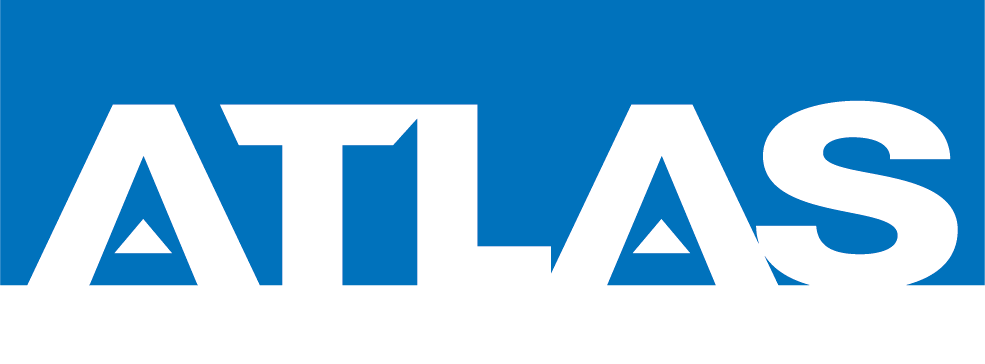In 2019 the motto will be “get ready for a hardening market.” As we are into the second half of the year, we are seeing increases in insurance pricing especially for Property, D&O and National Flood. The Worker’s Compensation, General Liability and Crime lines of insurance appear to be stable.
For Property risks on the mainland, we are seeing increases in insurance pricing and reductions in capacity. Hawaii historically follows mainland events by several months so we should expect this to start occurring shortly:
- The numbers of catastrophic losses that have occurred recently such as the California Wildfires and extensive flooding in the Midwest and South have started to impact insurers’ profits. We have heard that this is especially true in Lloyd’s of London where losses have been mounting. In the past there was a lot of new capital flowing into insurance vehicles and this has added a significant amount of insurance capacity to our market. This is no longer the case.
- There are a limited number of Admitted Insurance Companies in Hawaii who are competitive on larger insurance risks and this will continue to limit the competitive forces in Hawaii.
- Many insurance carriers previously had indicated that they will be setting their pricing based upon their Catastrophic “modeling” programs. These modeling programs have been showing that the risk exposures are increasing. In the past, the carriers appeared to be deviating from the modeling programs and cutting rates to write more premiums. This practice is ending.
- Recent loss history for Hawaii risks has started to deteriorate. The largest single fire loss in Hawaii’s history, Marco Polo, the recent losses due to the lava flows on the Big Island are two recent loss examples affecting local insurers.
Because of these factors, it would appear that the rates will be heading up…and in some cases Way UP! The competitive forces of supply and demand are now involved and there seems to be a shortage of supply in Hawaii.
Predictions for the Insurance renewal pricing for the last half of 2019
Fire Resistive Construction
These risks have seen competitive forces at work for the past few years. Since most insurance carriers want these risks, there has been much competitive pressure. This is no longer true especially since one of major carriers suffered the Marco Polo loss which will be the largest to date in Hawaii. This opened everyone’s eyes as to the loss potential even in Fire Resistive construction. Therefore, we would anticipate the rates could start increasing by 3-5%. For those risks that have an unsatisfactory loss history, their rates and premiums could sky rocket, especially if they cannot be placed in the Standard Admitted Market. Increases can be double or higher of what was previously paid and the deductible could also be significantly increased.
Wood Frame and Other Non-Wind Resistive Construction
Because of their construction, these risks have been insured in the Excess and Surplus Lines market with only one major local standard market. As a whole, these risks have had favorable steady rates for the past several years. With several of our major carriers not writing risks of this construction, and only a couple of carriers aggressively writing these risks, we are beginning to see a hardening marketplace. We anticipate rate increases of 2-5% as the year progresses, which doesn’t include increases in values due to inflation. For those risks with adverse loss histories, the same issues as the Fire Resistive risks would arise—the increases would be significant with rates doubling and deductibles significantly increasing at the same time.
National Flood Insurance Program
After the Biggert-Waters Act in 2014 and the Flood Affordability Act in 2016, we have seen significant increases in the National Flood Insurance program. Unfortunately, the rates will continue to increase since the Flood Insurance Program is still “underwater” and the premiums are not adequate to cover losses. Congress just renewed the National Flood Program for another five years, but not without extensive debate on how to improve the adverse loss history. We would estimate that the average rate increase will be around 5%. For risks in “high hazard” areas, the increase can be much higher.
Directors’ and Officers’ Liability
Since many associations have been seeing significant rate increases starting with the January renewals, raising rates will be no surprise. For those associations who renew later in the year, they can anticipate rate increases between 10-80% from the largest market for D&O. Other carriers are also beginning to increase their rates, but not as significantly. This is due to some rather large lawsuits that have hit Hawaii over the past couple of years (two of the suits were over $2 million and there is a class action suit involving over 70 associations). This has caused an adverse loss ratio with several of the major carriers and rates for these carriers are increasing. One of the major writers of D&O is including an exclusion for the class action law suit. Since the amount of increase in rates is determined by various individual factors, it is hard to predict an average increase.
Umbrella Liability
The Umbrella carriers are being more selective and in some cases are not renewing risks such as Non-Sprinklered High Rise buildings or risks with a lot of “short term rentals.” For those risks that do not have these issues, the overall Umbrella renewal will be flat but for those risks that are Non-Sprinklered or have a high percentage of Short Terms Rentals, carriers are now asking a lot more questions and in some cases are “non-renewing” which put the risk out into an adverse market. This would cause premiums to significantly increase.
Get In Touch With an AOAO Specialist
The above are just overall predictions. As a word of caution, the insurance market continues to be volatile with major swings possible especially if there are any catastrophic losses or you have an adverse loss history.
For more information, get in touch with our team of AOAO specialists.
